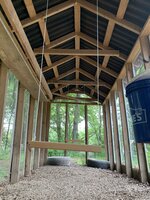Crestcrazy2
🕷spooder lover🕷
When there old enough you put the chicks in a cage (or like four for that many chicks) and lock them all in a coop for a day or two and then release them and let the pecking order establish , at least this is how I do it not sure about other people, good luck 







